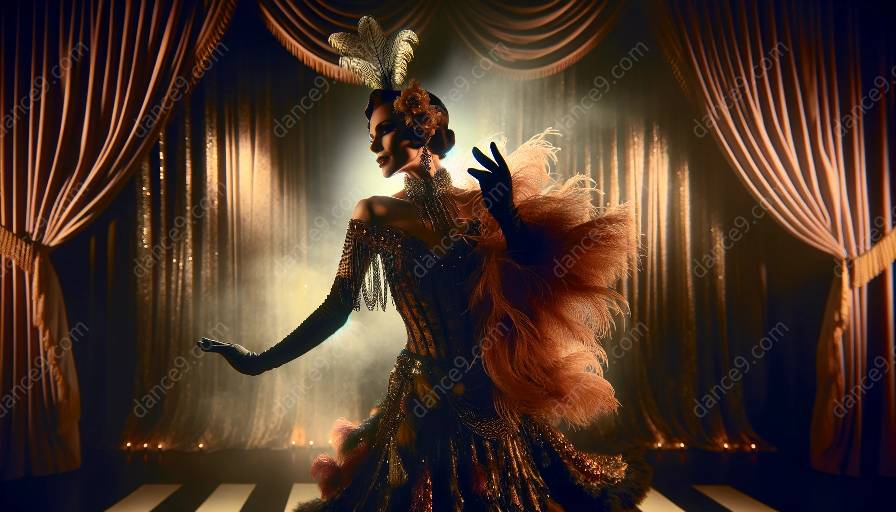Integration of burlesque into traditional dance curriculum poses various challenges, which are essential to understand for those considering combining these art forms. By exploring the compatibility of burlesque and dance classes, we can gain valuable insights into how to navigate these challenges effectively.
The Art of Burlesque
Burlesque, with its origins in the 19th century, has evolved into a unique form of entertainment that combines elements of dance, comedy, and theatricality. Characterized by exaggerated performances, elaborate costumes, and a celebratory embrace of sensuality and body positivity, burlesque has gained popularity as a respected art form.
Challenges of Integration
When considering the integration of burlesque into a traditional dance curriculum, several challenges come to the forefront. One notable challenge is the perception of burlesque as provocative or controversial, which may clash with the traditional values of some dance institutions. Additionally, the incorporation of burlesque elements may require a shift in teaching approach and a nuanced understanding of performance art beyond conventional dance techniques.
1. Cultural Sensitivities
Integrating burlesque into a dance curriculum necessitates a thoughtful consideration of cultural sensitivities and diverse viewpoints. Understanding the historical context of burlesque and its evolution can foster respectful and informed discussions, ultimately mitigating potential conflicts.
2. Institutional Resistance
Some dance institutions may resist the inclusion of burlesque due to concerns about public perception or conflicts with institutional values. Educators and administrators seeking to integrate burlesque must navigate these concerns tactfully, emphasizing the artistic and historical significance of burlesque as a form of expression.
3. Pedagogical Adaptation
Teaching burlesque alongside traditional dance forms requires instructors to adapt their pedagogical approaches. This adaptation involves creating a safe and inclusive environment that respects the boundaries and comfort levels of students while fostering artistic exploration and creativity.
Compatibility of Burlesque and Dance Classes
Despite the challenges, the compatibility of burlesque and dance classes can offer a rich and dynamic curriculum that encourages artistic exploration and diversity. By acknowledging the historical and cultural significance of both art forms, educators can lay the foundation for a holistic approach to dance education.
1. Artistic Expression
Burlesque and dance classes share a common thread in their emphasis on artistic expression. Both art forms offer unique avenues for performers to express themselves, fostering creativity and individuality.
2. Body Positivity and Confidence
Burlesque's celebration of sensuality and body positivity can complement the objectives of traditional dance classes, promoting self-confidence and a healthy body image among students. This compatibility creates a well-rounded educational experience that nurtures the holistic development of dancers.
3. Historical Context
Understanding the historical context of burlesque and its influence on popular culture can enrich dance education by providing students with a broader perspective on performing arts. Educators can leverage this compatibility to facilitate interdisciplinary learning and critical thinking.
Conclusion
Integrating burlesque into a traditional dance curriculum presents challenges that require careful consideration and strategic navigation. By embracing the compatibility of burlesque and dance classes, educators and institutions can create a dynamic and inclusive learning environment that respects the historical significance and artistic value of both art forms.













































































